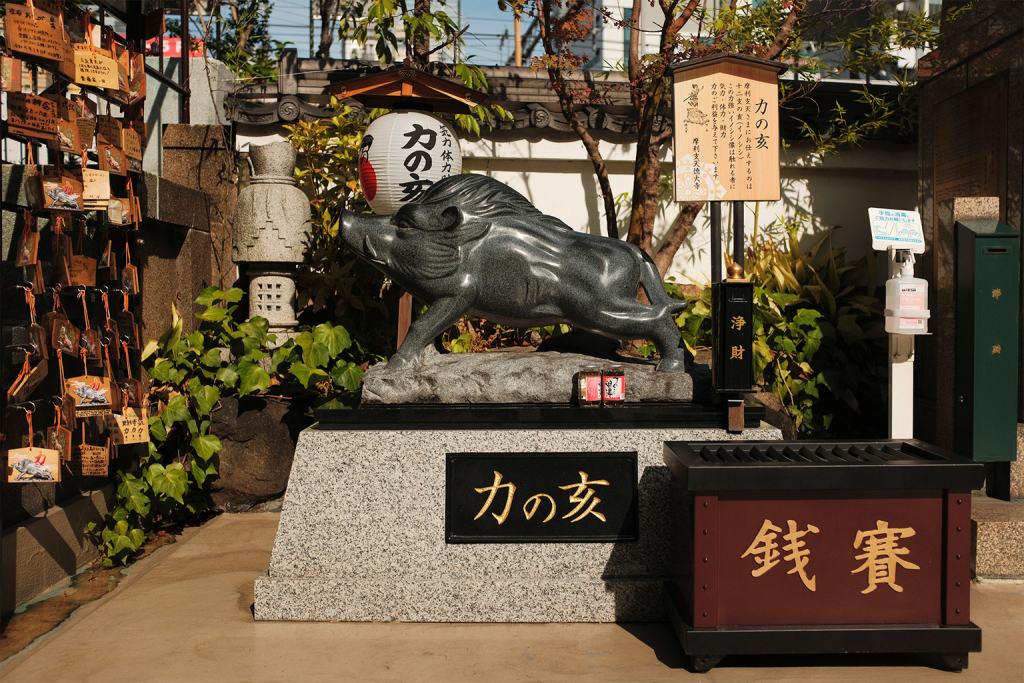Primarily made up of several streets with distinct characteristics that run parallel to an elevated stretch of railway between Ueno and Akihabara, the thriving market area of Okachimachi is the antithesis of the modern retail establishments that have transformed the landscape at either end. It’s one of the few places in the city to retain an old Tokyo shitamachi (downtown) vibe in all its glory and is a must-visit for anyone looking for a good bargain.
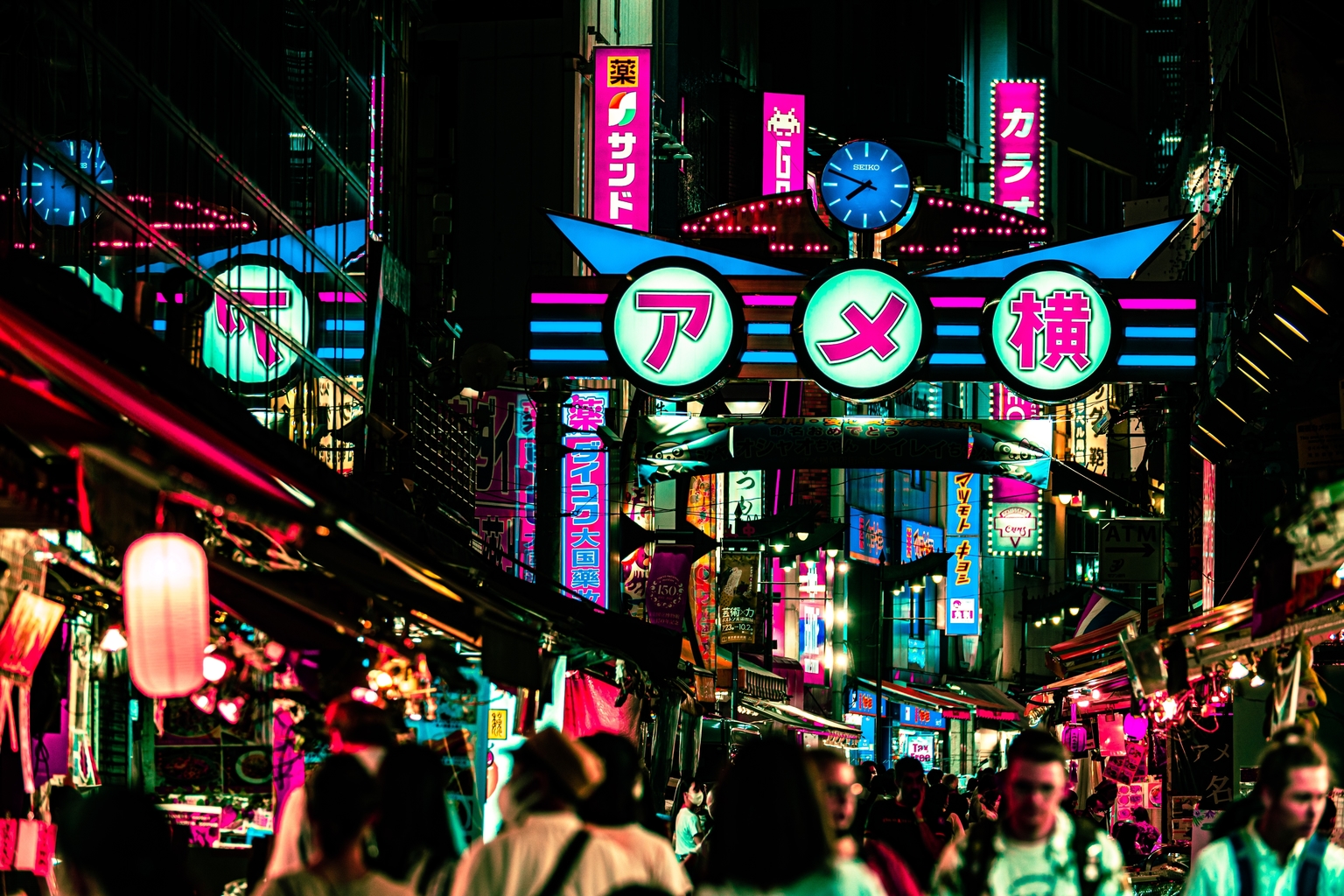
Source: Shutterstock
Shop ‘Til You Drop
Ameya Yokocho, commonly referred to as Ameyoko, is the area’s most well-known street and serves as its main vein. Given the name is a play on the words “America,” “candy” and “alley,” it’s no surprise to find plenty of sweet treats to load up on amongst all the food and snack vendors. In particular, Niki no Kashi has thousands of different kinds, both Japanese and from around the world. Other favorites in the neighborhood include a traditional manju bean-paste cake from Karuta-ya, and Usagiya, a wagashi (Japanese confections) seller dating back to 1913 that now has an adjacent café selling homemade kakigori (flavored shaved ice). If you’re up for an early start, they also have a daily dorayaki (Japanese bean-paste-filled pancake) set that is only available for 10 minutes from 9am.
The numerous clothing and shoe retailers selling goods at great prices are another draw of the market. These can be found mainly along the slightly quieter Ueno Naka-dori, or “Uechun,” and under the elevated railway in Ameyoko Plaza. A fluorescent-lit Aladdin’s cave of small stores selling all sorts of items, from discounted brand-name perfumes to Zippo lighters, surplus military gear and silk bomber jackets embroidered with Japanese fonts and motifs, the plaza exudes an aura of the area’s black market past and pre-internet shopping days of digging for imported rarities and oddities to savor.
Another under-the-tracks plaza — but one with a very different vibe — is 2k540 Aki-Oka Artisan (the unusual name refers to the plaza’s distance from Tokyo Station and location between Akihabara and Okachimachi stations). Opened in 2010, the stylings are minimalist and modern, but the collection of artisanal shops, workshops, galleries and cafés manages to keep the spirit of discovery alive with many of the goods on sale being one-of-a-kind offerings.
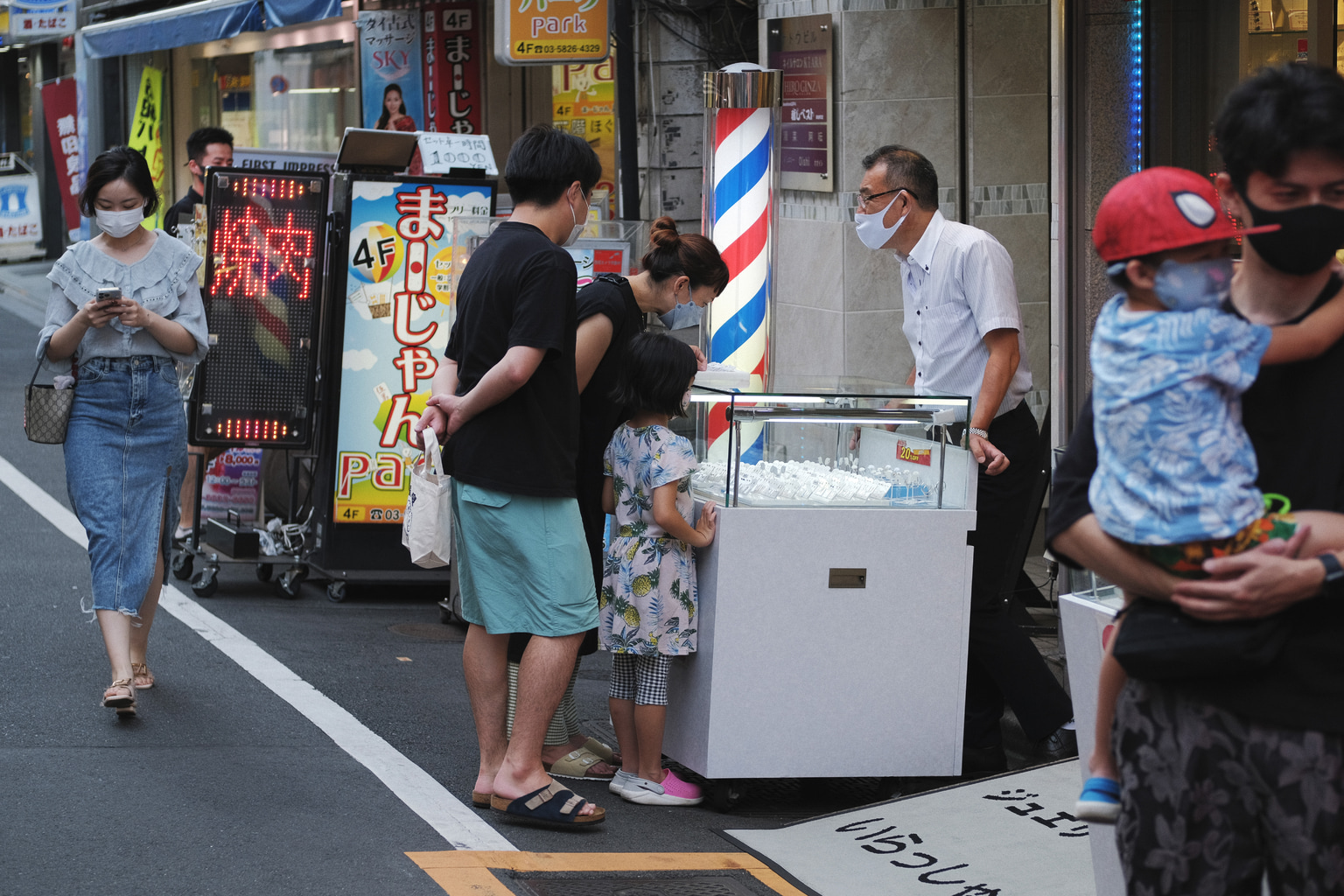
Run the Jewels
Back up along Okachimachi Chuo-dori, the name changes to Ruby Street when it reaches Okachimachi Station to better reflect the sheer number of jewelers in the area. This harks back to the neighborhood’s Edo-period days as an entertainment and red-light district where patrons could easily lavish their mistresses with fancy stones, as well as to its post-WWII transformation into a black market, which proved a popular place to peddle luxury watches.
Other jeweler-laden streets worth checking out for good deals are Okachimachi Ekimae-dori, which also changes its name at Okachimachi Station to become Sango Street, and the appropriately named Sapphire Street, both of which can be found on the east side of the railway.
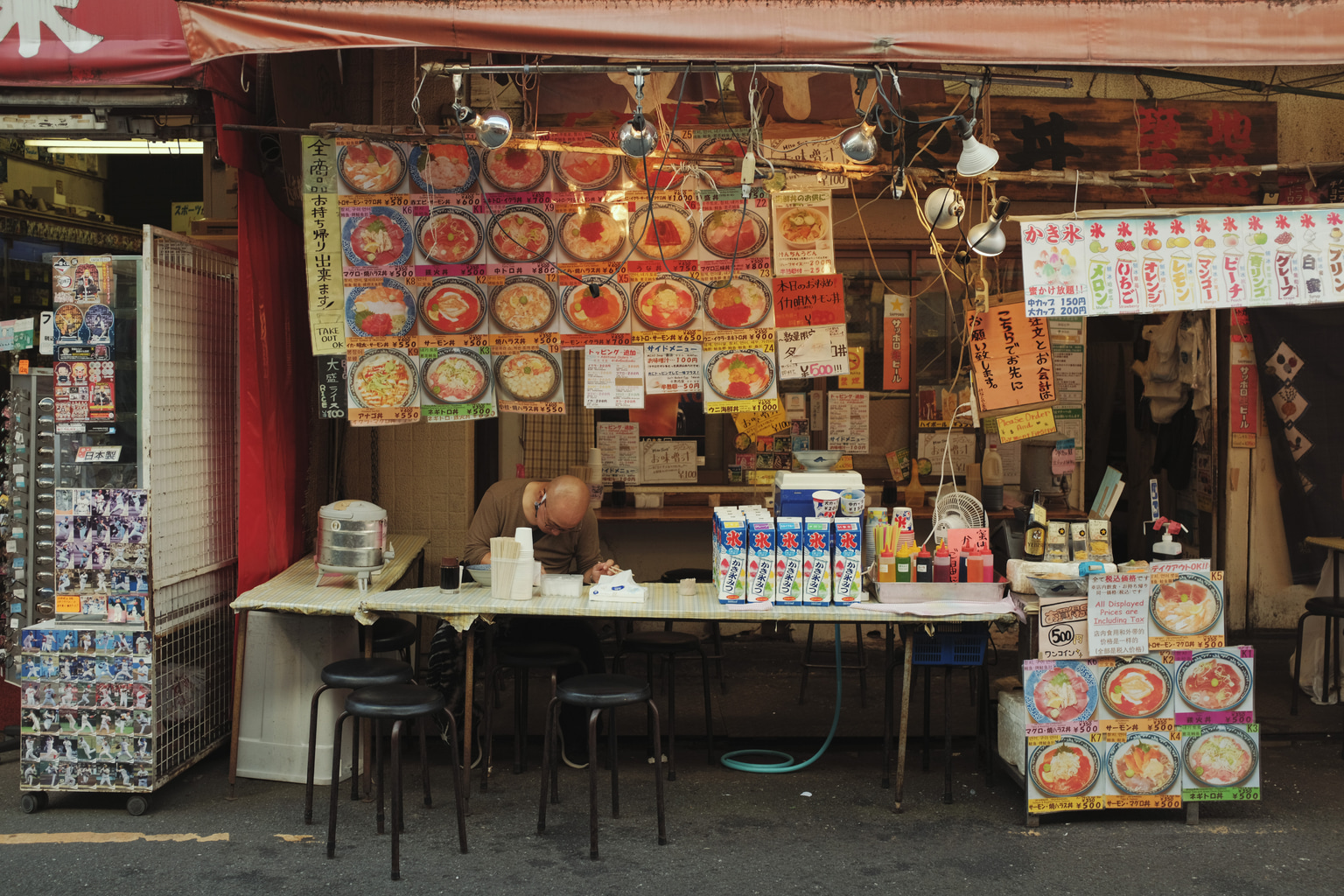
Marketplace Munchies
Unsurprisingly, food and liquor in the market are in abundance, particularly around Ameyoko. The cluster of ramen restaurants colloquially known as Okachimachi Ramen Yokocho (which includes duck ramen specialist Ramen Kamo to Negi), numerous yakitori restaurants with seating spilling out onto the streets and small standing bars dial the shitamachi atmosphere up to the max, especially during evening hours. Furthermore, there’s plenty of ethnic diversity along the open-air market, with smells and sounds from various cultures and tongues adding to the ambience.
Aside from the street food, there are plenty of eat-in restaurants to choose from too. The rustic Chinese restaurant Roshuho, aka Old Wine Shop (Old Beijing Pub), comes highly recommended, as does the Indian restaurant Veg Kitchen with its 100 percent vegetarian menu that even includes top-notch Jain cuisine.
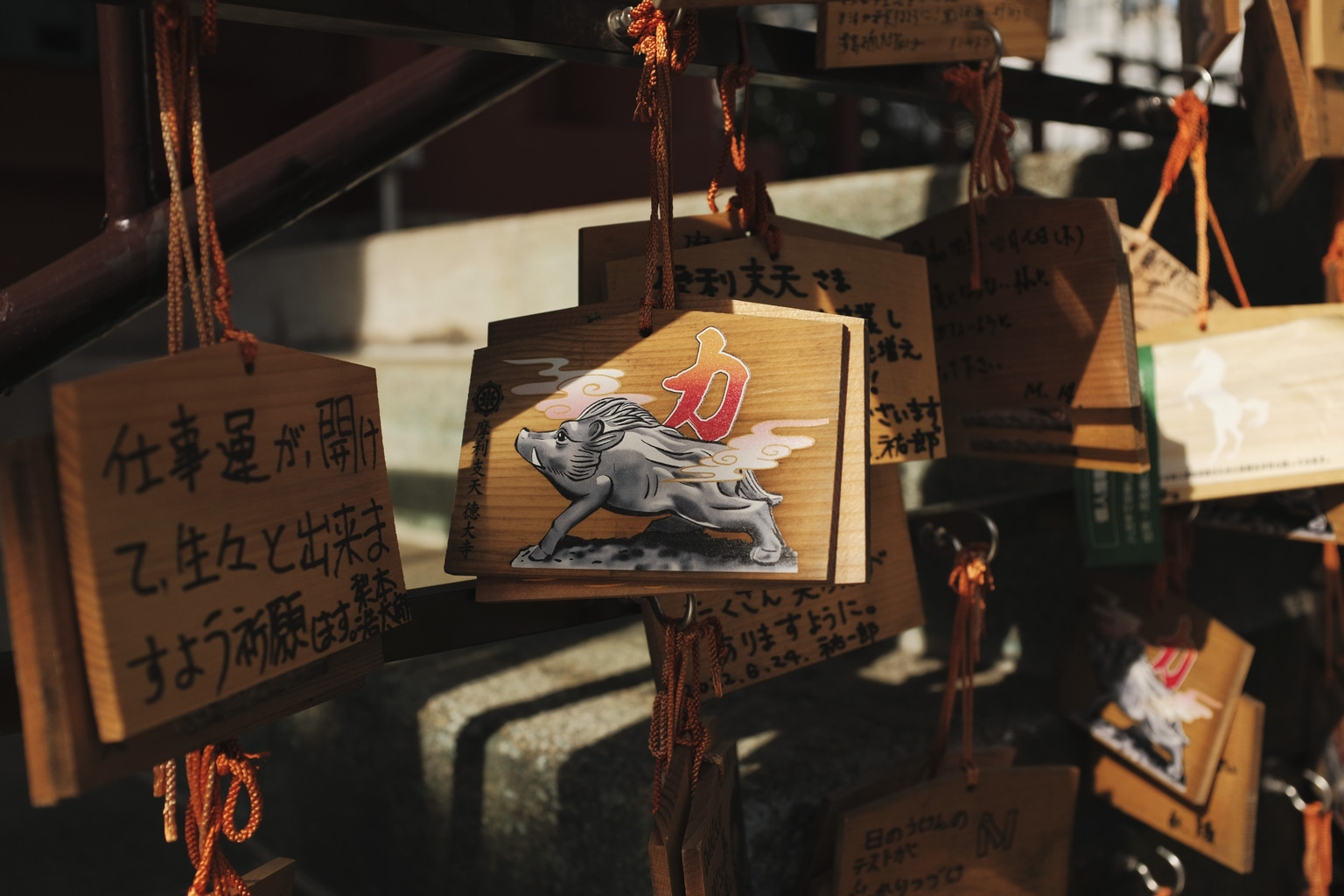
Time Out
Finally, a neighborhood guide wouldn’t be complete without the mention of a shrine or temple to pop into, and our guide to Okachimachi is no exception. Marishiten Tokudaiji Temple is conveniently located right along Ameyoko via a stone staircase that elevates it above the commotion below. It’s small and hardly an oasis of calm as the sounds from the marketplace echo around, but it still manages to provide picturesque breathing space away from the hustle and bustle.
Further afield, there are a couple of spots worth checking out for more rest and relaxation. Go for an early morning soak amongst some Mount Fuji rocks at the local bathhouse, Tsubameyu, a registered Tangible Cultural Property that is also tattoo-friendly, or head over to the community arts center 3331 Arts Chiyoda. The former public junior high school’s classrooms are now free-to-enter galleries and creative spaces, while other spots around the venue are a great place to work, get some studying done or hold a meeting. Or, just hang out and chat on the center’s wooden deck and lawned park.
Related Posts
- Hidden Tokyo Neighborhoods: 5 Things to Do in Monzen-nakacho
- Tokyo Neighborhood Guide: Soshigaya
- Tokyo Neighborhood Guide: Hikarigaoka
Updated On February 29, 2024

